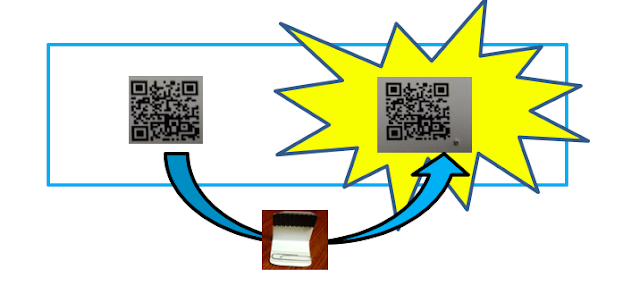An Educator's Reflection on Parent Involvement in Early Intervention and Resources for Parents and Providers
By: Chelsea Emery, EC-SEAT Scholar Parent involvement in early intervention is very important. I love that I get to meet the parents of every child I work with. This allows me to understand the child better and better support them. As an educator I am trained and experienced in understanding the aspects of development. Parents are specialists of their child. Both of these aspects working together can create great success for the child. Working in early intervention we have the privilege in working in the child’s home with a parent. Working in a home environment is important to support the child with everyday tasks and achieve developmental milestones. Although we are there to work with the child it is important for the parent and educator to be mutually involved to understand how to support their child’s development and learning at home. Many times there are miscommunications between programs and parents. It is important for programs and schools to make sure goals and objectives are c


